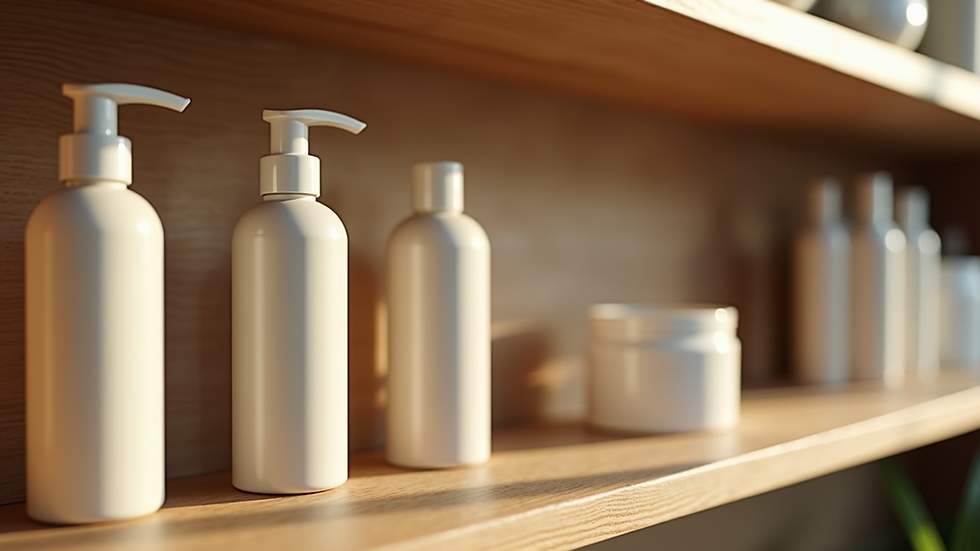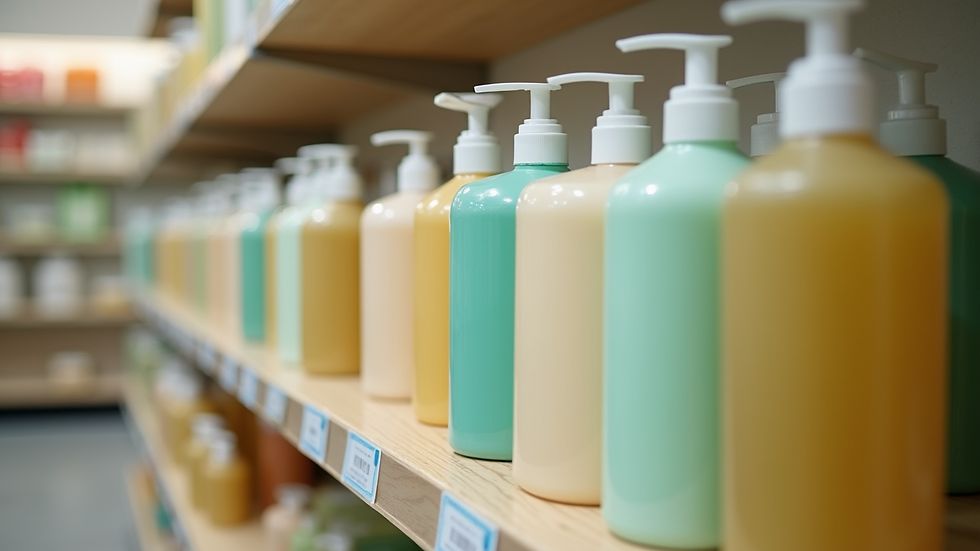How Sustainable Practices Are Changing the Beauty Industry
- Tangles Farnham
- Jul 29
- 3 min read
The beauty industry is undergoing a significant transformation as sustainability becomes a priority for both consumers and brands. From packaging to ingredients, companies are adopting eco-friendly methods to reduce their environmental impact. This shift is not only beneficial for the planet but also offers healthier options for consumers. One of the most notable changes is the rise of eco-friendly hair care products, which combine natural ingredients with sustainable packaging to create a more responsible beauty routine.

The Rise of Eco-Friendly Hair Products
Consumers today are more informed and conscious about the products they use. This awareness has led to a surge in demand for eco-friendly hair products that avoid harmful chemicals and reduce waste. Brands are responding by formulating shampoos, conditioners, and styling products with biodegradable ingredients and recyclable packaging.
Some practical examples include:
Refillable containers: Many brands now offer refill stations or reusable bottles to cut down on plastic waste.
Plant-based ingredients: Ingredients like aloe vera, coconut oil, and shea butter are popular for their nourishing properties and minimal environmental footprint.
Cruelty-free testing: Ethical testing practices ensure no animals are harmed during product development.
Switching to these products not only supports sustainability but also promotes healthier hair by avoiding sulfates, parabens, and synthetic fragrances.

Why is Japanese Hair Care So Good?
Japanese hair care has gained a reputation for its effectiveness and gentle approach. The secret lies in the use of traditional ingredients and meticulous techniques that focus on hair health and longevity. Japanese brands often incorporate natural elements such as camellia oil, rice bran, and green tea, which are rich in antioxidants and vitamins.
Key reasons for the popularity of Japanese hair care include:
Minimalist formulations: Products tend to have fewer ingredients, reducing the risk of irritation.
Focus on scalp health: Many treatments target the scalp to promote hair growth and strength.
Innovative technology: Combining tradition with modern science, Japanese brands develop products that deeply nourish without weighing hair down.
This approach aligns well with sustainable beauty trends, as it emphasizes quality over quantity and respects natural resources.

Sustainable Packaging Innovations in Beauty
Packaging waste is a major concern in the beauty industry. To address this, companies are exploring innovative solutions that reduce plastic use and improve recyclability. Some of the most effective strategies include:
Biodegradable materials: Using plant-based plastics or paper that break down naturally.
Minimalist design: Reducing excess packaging and using simple, recyclable materials.
Upcycling and reuse: Encouraging customers to repurpose containers or return them for refills.
These efforts not only reduce landfill waste but also appeal to eco-conscious consumers who want to make a positive impact with their purchases.
How Consumers Can Support Sustainable Beauty
Adopting sustainable beauty habits is easier than it seems. Here are some actionable tips to help you make greener choices:
Choose products with clear sustainability claims: Look for certifications like cruelty-free, organic, or recyclable packaging.
Support brands with transparent sourcing: Companies that disclose ingredient origins and manufacturing processes are often more trustworthy.
Reduce waste at home: Use reusable cotton pads, avoid single-use items, and recycle packaging properly.
Try DIY beauty treatments: Natural ingredients like honey, avocado, and oatmeal can be used for hair masks and skin care.
By making small changes, consumers can drive demand for more sustainable products and encourage the industry to continue evolving.
Embracing Eco-Friendly Hair Care for a Greener Future
The shift towards sustainability in the beauty industry is more than a trend - it’s a necessary evolution. Eco-friendly hair care products, in particular, offer a way to enjoy effective beauty routines while minimizing environmental harm. Whether through natural ingredients, innovative packaging, or ethical practices, these products represent a positive step forward.
For those interested in exploring more about eco-friendly hair care, resources like this blog provide valuable insights and product recommendations to help you make informed choices.
By supporting sustainable beauty, we contribute to a healthier planet and a more responsible industry. The future of beauty is green, and every small action counts.




Commenti